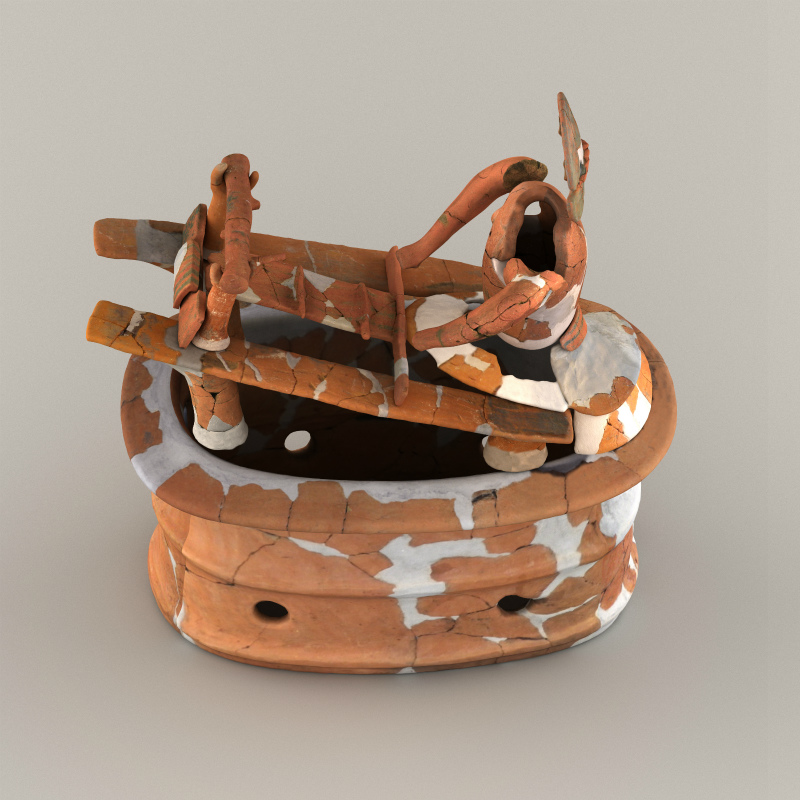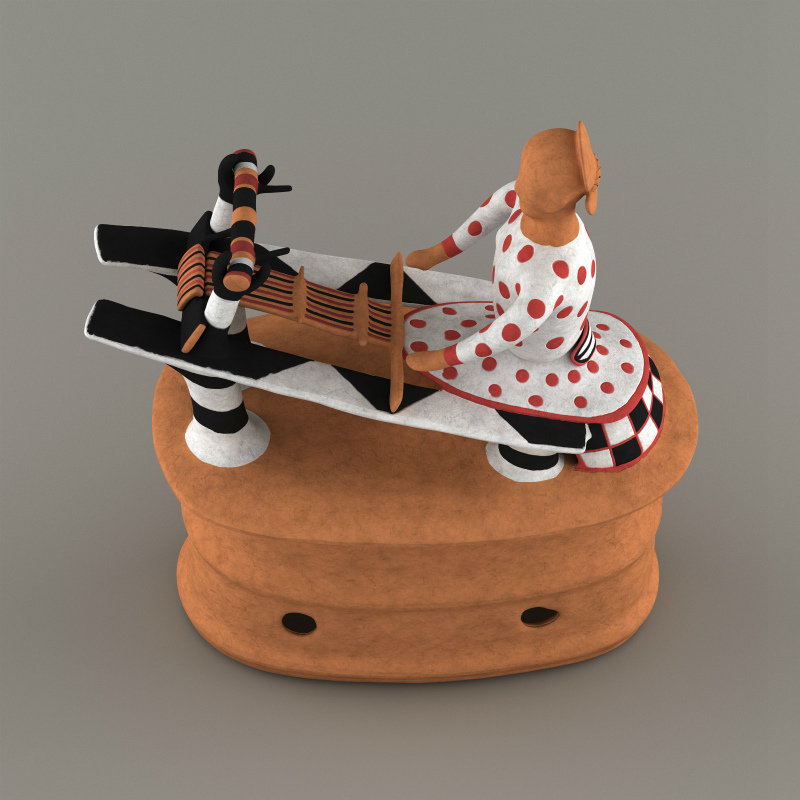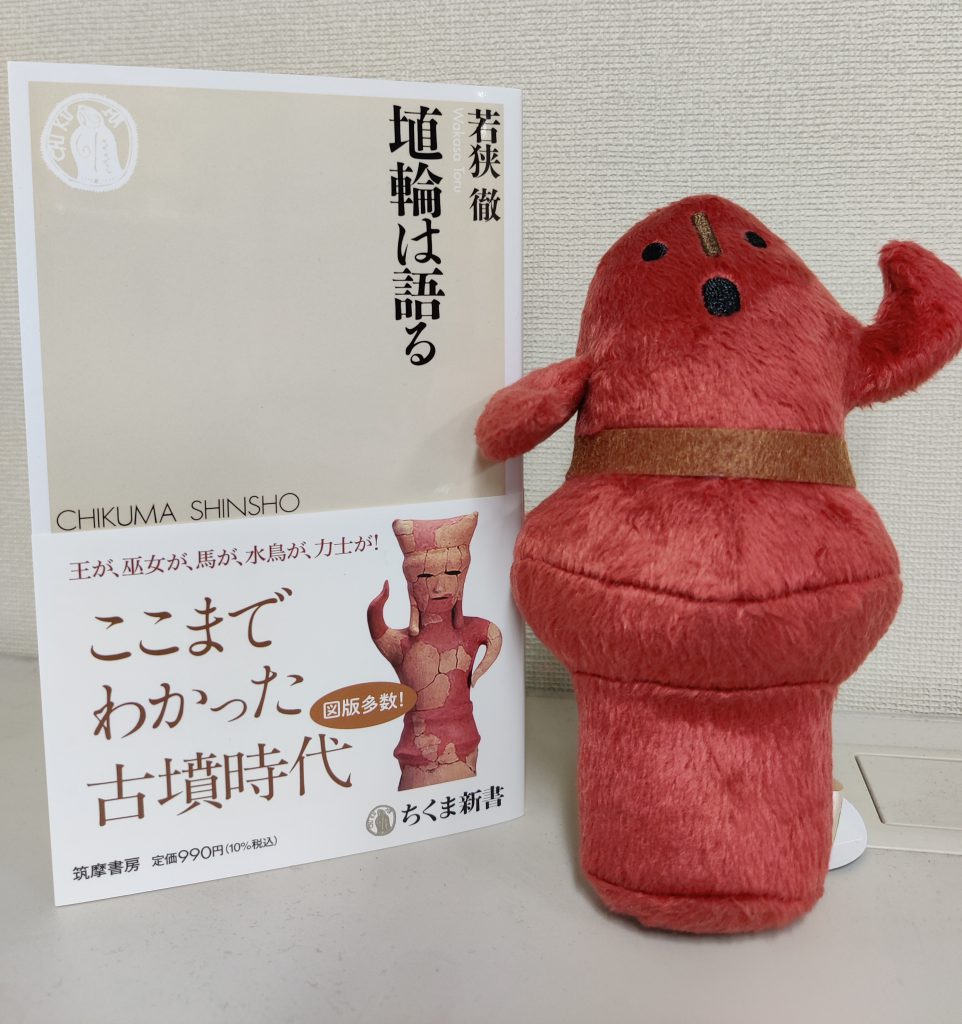Details of the Initiative
In the middle and early modern period of Japan, society was dominated by men, and in particular, genealogies of samurai families were written in the male line, and individual names of women were excluded from the family tree, describing them as “woman” instead. However, in ancient times, my specialized area, it is known that women held a high social status.
For example, in the collection of Buddhist stories in the Heian period, there is a story of a wife of a gunji (district governor) having a different family property or business from her husband and earning money by managing it. On a wooden plate from the Nara period unearthed in Fukushima Prefecture, it is written that an influential woman in the village gathered men and made them cultivate rice fields by the order of the gunji.
There were women who were buried in large ancient tombs, and some of them had given birth. It was a time when a mother could be the ruler of a region. In recent years, a fine female haniwa (clay figure) showing weaving was excavated from a tumulus in Tochigi Prefecture. A haniwa figure was made to honor the reign of the master of the ancient tomb. The master of this tomb must have been the head of the weaving group responsible for cloth production. It is thought that the haniwa represented her pride as the leader of the group that produced the specialty cloth.
In this way, I draw images of ancient women who were vividly engaged in activities from materials and historical documents, and convey them to students and society through classes, lectures, and writings.



